Android users are getting something that could fundamentally change how we think about digital authenticity: Google's rolling out AI detection capabilities that can spot artificially generated photos right from your phone. This isn't just another incremental update buried in the settings—it's a direct response to the growing challenge of distinguishing real content from AI-generated images in our daily digital lives, where traditional approaches increasingly fall short against sophisticated manipulation techniques.
The centerpiece of this rollout is Gemini's new ability to recognize hidden watermarks embedded in AI-generated content. Here's what makes this particularly strategic: Google has been quietly embedding invisible SynthID watermarks into images created by its AI models, including the Nano Banana Pro model used across Gemini, Google Ads, and Vertex AI. This stealth approach allows the company to build a detection infrastructure without alerting potential bad actors to circumvention methods. These images also include C2PA metadata—basically an industry-standard format that documents how media was created or modified, according to Android Central.
How Google's SynthID detection actually works
The technology behind this detection system is pretty fascinating when you break it down. SynthID embeds watermarks that remain detectable by machines while staying completely invisible to human eyes—think of it as a digital fingerprint that survives even when images undergo sophisticated modifications like compression, cropping, or color adjustments. What's particularly impressive is this resilience enables detection even after images have been processed through social media platforms or editing software that typically strips metadata, research from Android Authority indicates.
When you scan an image through Gemini, the system analyzes these hidden markers and reports back on the likelihood of AI involvement in the image's creation. The whole process happens entirely on-device through Gemini's interface, which means you can quickly verify suspicious images without sending data to external servers—a privacy approach that builds trust while addressing concerns about surveillance.
But here's where the current limitations reveal Google's broader competitive strategy: the system only identifies images created using Google's own AI tools that include SynthID watermarks. Images generated by other companies' AI systems like DALL-E, Midjourney, or Stable Diffusion remain completely undetectable through this method, Android Central reports. This Google-only scope isn't just a technical limitation—it's positioning the company as the responsible AI leader while creating pressure for competitors to adopt similar watermarking standards or risk being seen as less transparent.
Why this matters beyond just photo verification
Google's integration of SynthID detection into Gemini represents something bigger than just a cool tech demo. It's an attempt to make content provenance accessible to everyday users rather than keeping it buried in developer tools where most people will never encounter it, Android Central suggests. This democratization of verification technology could shift public expectations about content transparency across the entire industry.
The timing couldn't be more critical as we face an authenticity crisis that's accelerating rapidly. The numbers reveal the scale of the challenge: AI-generated images and deepfakes saw scams involving AI content increase by 245% between 2023 and 2024. This explosive growth suggests we're approaching a tipping point where distinguishing authentic from synthetic content becomes a daily necessity rather than an occasional concern for digital literacy experts.
This detection capability provides users with a practical tool to verify content authenticity before sharing or believing potentially misleading images. What makes Google's approach particularly smart is its foundation in the same cryptographic technology that secures online transactions and mobile applications, BleepingComputer notes. This proven security infrastructure addresses the fundamental trust challenge in content verification—users need confidence that the detection system itself isn't compromised or manipulated.
What's coming next for AI content detection
Google has ambitious plans to expand this detection technology into a comprehensive content verification ecosystem. The company plans to extend SynthID recognition to audio files, video content, and search results, Android Central reports. This multi-format approach addresses the reality that misinformation campaigns increasingly use diverse media types, requiring detection capabilities that match this sophistication.
The rollout strategy reveals Google's understanding of user adoption challenges. Rather than launching standalone verification apps that users might ignore, the company is integrating these tools into existing services that users already rely on daily. Search results will eventually display AI-generation indicators through the "About this image" feature, making verification seamless during regular browsing activities. Google Lens and Circle to Search will also incorporate these detection capabilities, according to StanVentures, transforming routine image interactions into authentication opportunities.
The most significant advancement comes with hardware-level integration in future Pixel devices. The Pixel 10 is expected to automatically attach Content Credentials to every photo captured, creating a permanent record of how images were created or modified from the moment of capture, BleepingComputer reports. This proactive approach shifts the verification paradigm from reactive detection to preventive authentication, potentially establishing a new standard for mobile photography trust.
The road ahead for digital authenticity
Bottom line: Google's new AI detection feature represents a significant step toward addressing the authenticity crisis in digital media, but it's clearly just the opening move in a much larger transformation of how we establish trust online. The current limitation to Google-generated content reveals both the system's immediate constraints and the company's strategic position in driving industry-wide adoption of verification standards.
The real test will be whether Google can leverage its market influence to create adoption momentum across the AI industry. While Google leads with SynthID, the genuine impact depends on competitors implementing compatible watermarking systems rather than developing fragmented, proprietary alternatives, research from TU suggests. The technology's effectiveness in combating misinformation will ultimately be measured by its ability to scale across the entire ecosystem of AI-generated content, creating universal verification standards that work regardless of the creation platform.
For Android users today, this feature provides an immediate practical benefit: a simple way to verify the authenticity of suspicious images directly through their phone's AI assistant. As the technology expands to cover more content types and sources, we're potentially looking at a future where content verification becomes as routine as spell-checking—integrated seamlessly into the tools we use every day. The question isn't whether this will make a difference, but whether the industry can coordinate around shared standards quickly enough to stay ahead of increasingly sophisticated synthetic content creation.




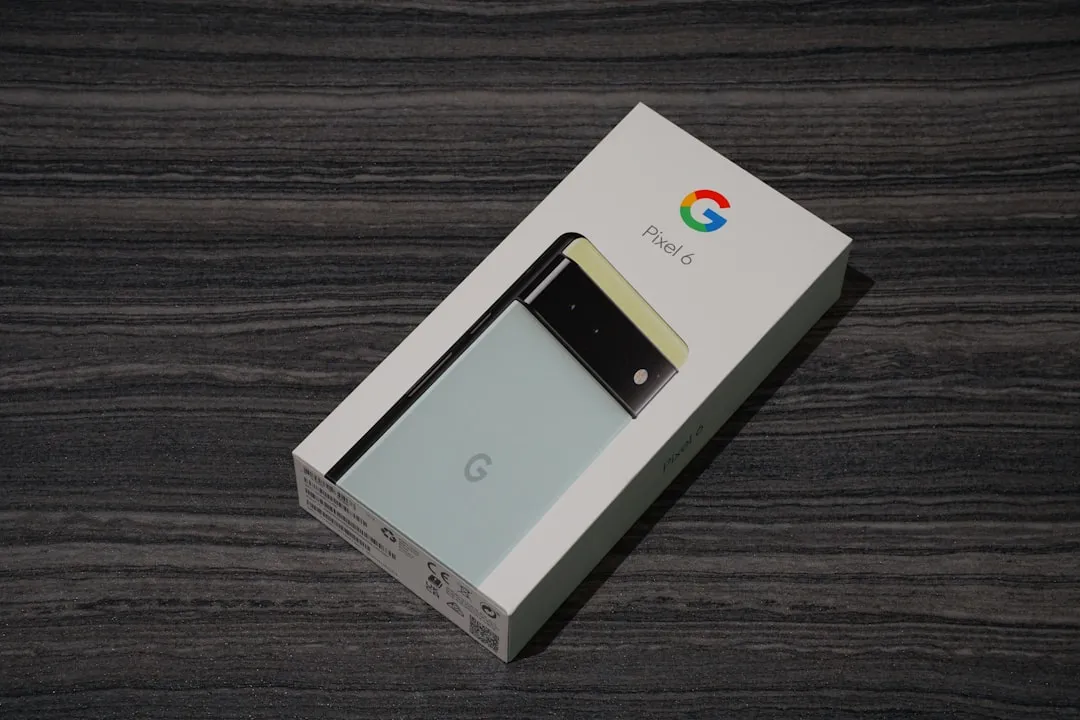


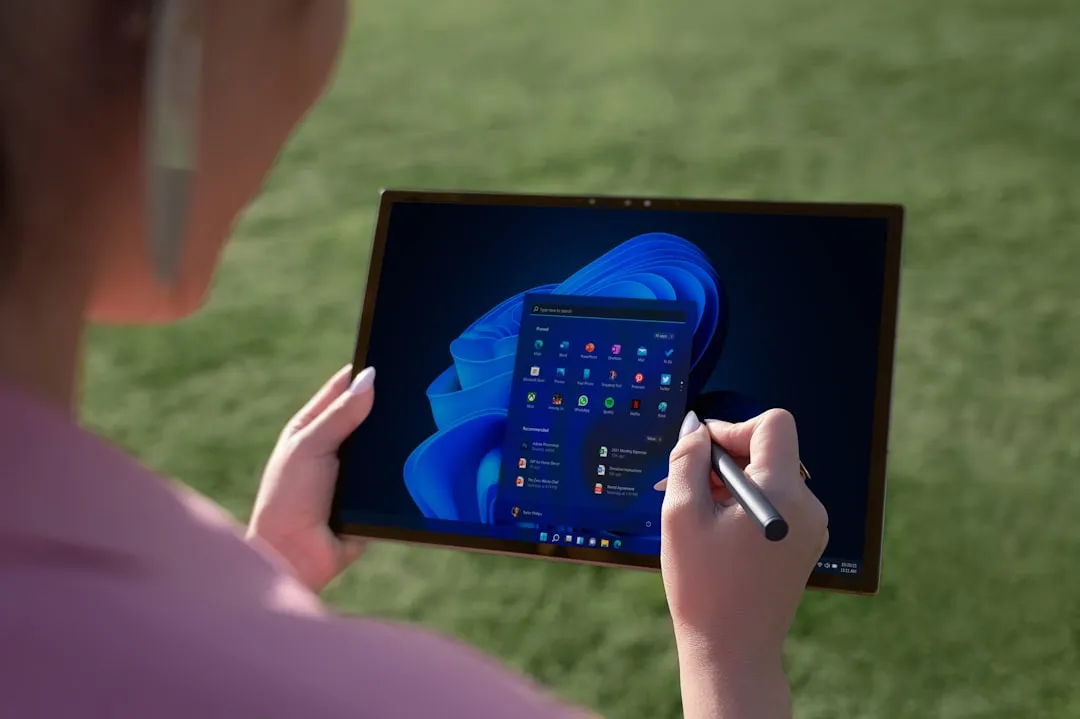


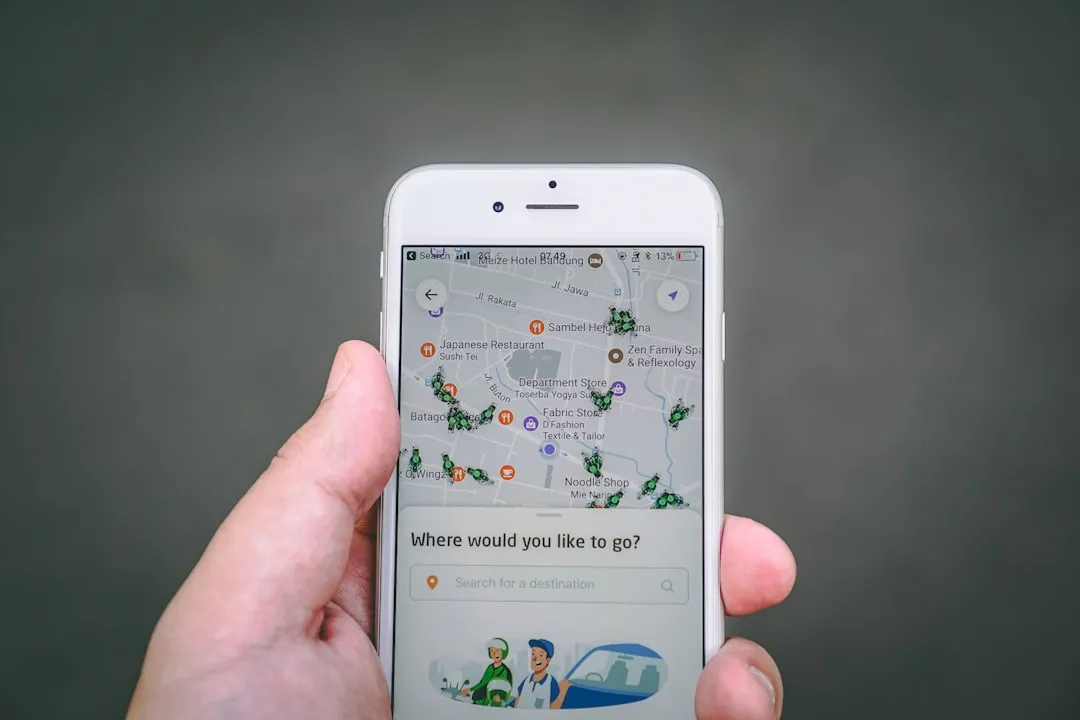


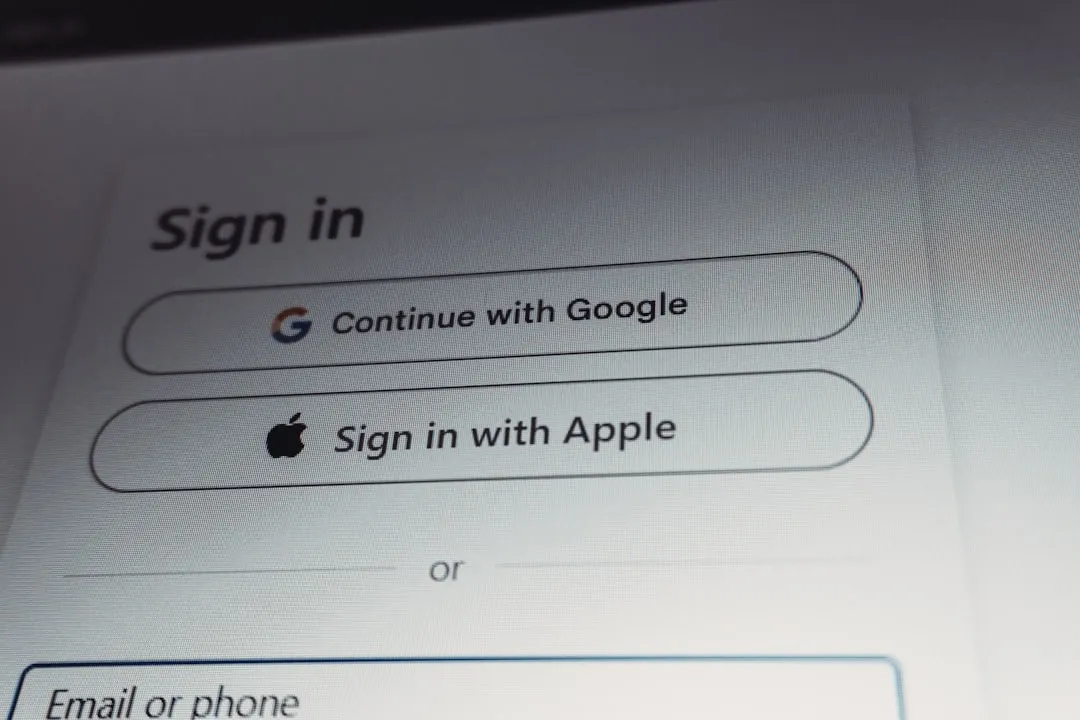
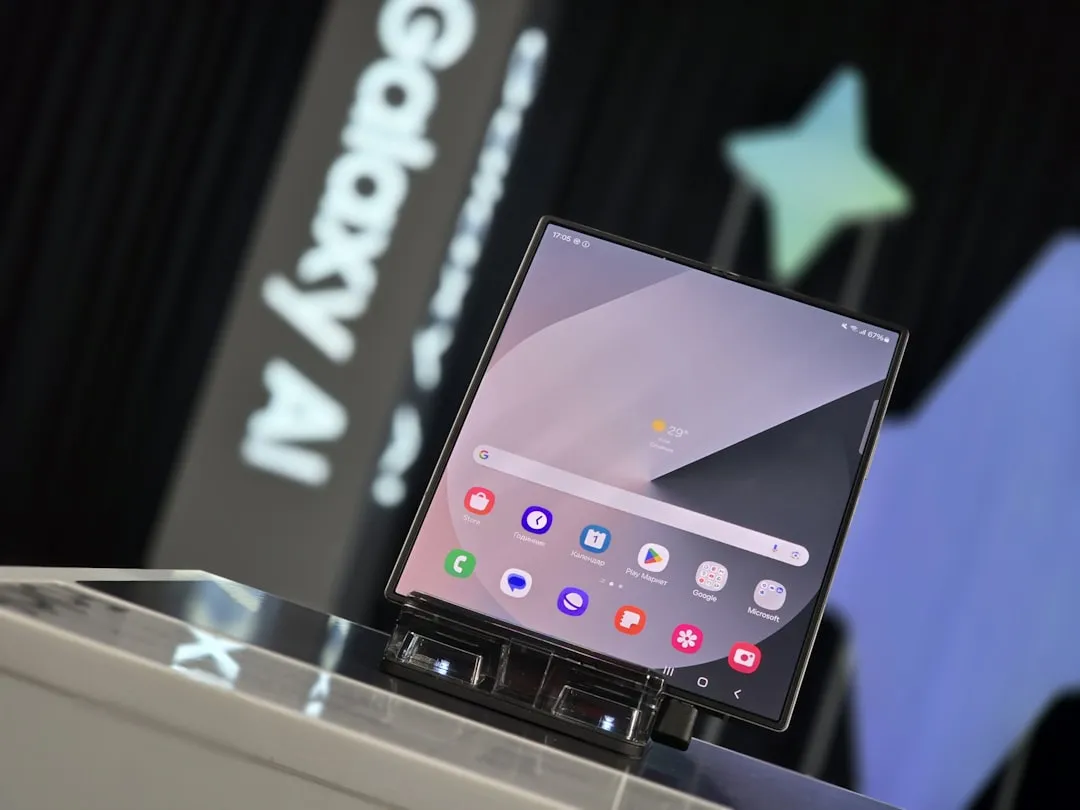
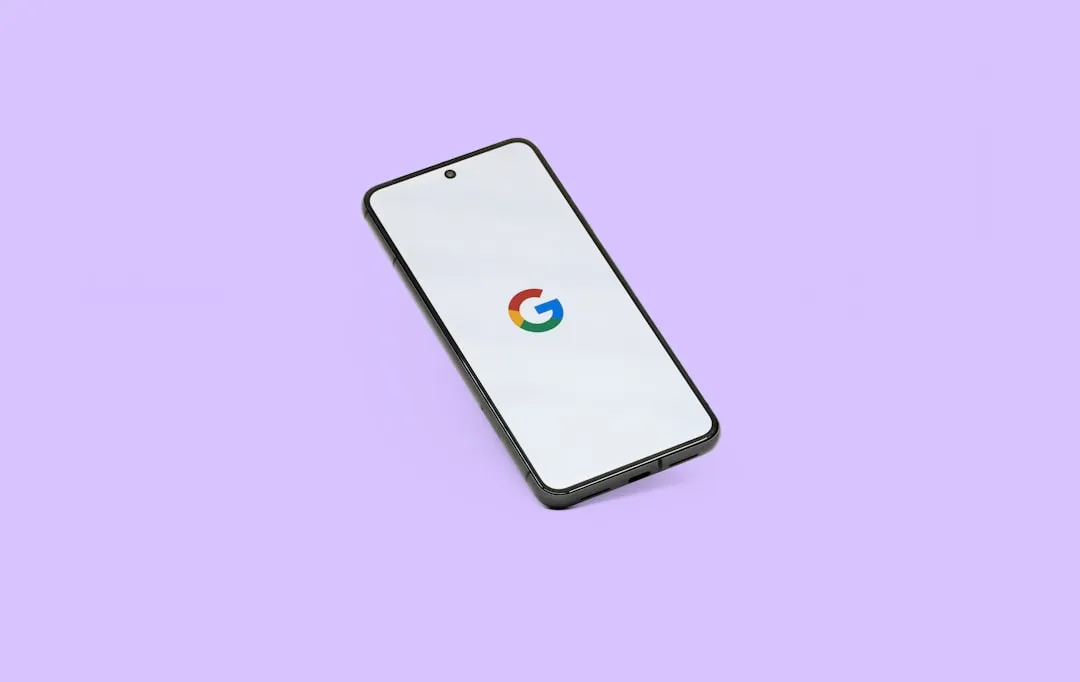



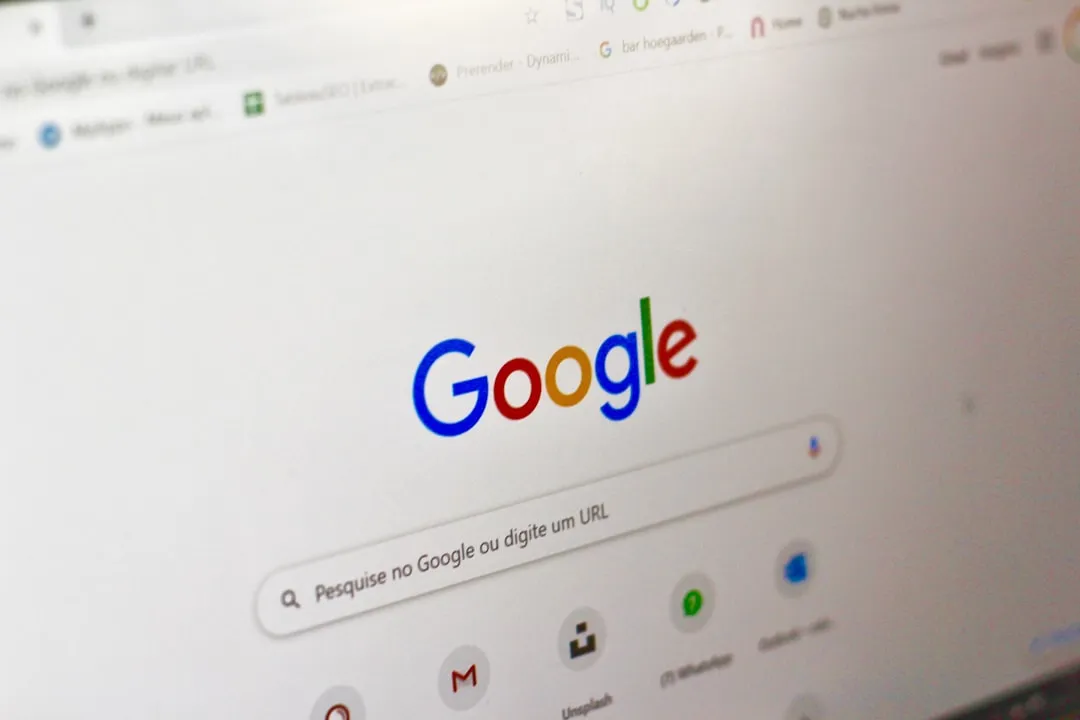



Comments
Be the first, drop a comment!